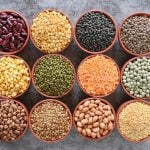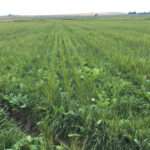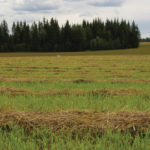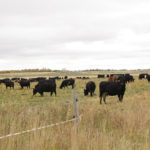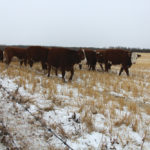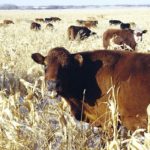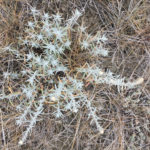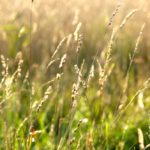Extending the grazing season can reduce production costs for cattle. Annual crops can fill in some gaps, or improve soil health before replanting a permanent pasture or seeding another crop. “A good perennial stand is the most cost-effective forage, and a good long-term investment, but annuals can be a good interim plan,” says Graeme Finn […] Read more
